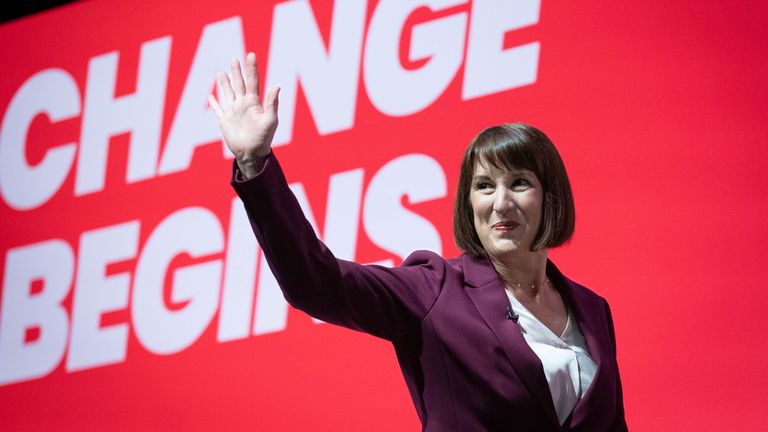What does the new chancellor’s first budget mean for the UK?
“Staying calm” is what the markets in the UK managed to do yesterday as the new chancellor, Rachel Reeves, delivered her first budget.

Gilt yields rose modestly, the market almost priced out one 25-bps rate cut from the BoE over the coming year, and the pound fell slightly. While we are not questioning the market reaction, the Standard Bank’s medium-term views are that gilt yields will come down, the BoE will cut rates by more than currently priced, and the pound will rise. In other words, what we saw should be reversed, with interest, over the next year, or so.
The first budget from a Labour government in fifteen years might not have caused the sort of havoc in the financial markets that we have seen as recently as the September 2022 Conservative mini-budget but it was, in many ways, far more significant. For a start, the emphasis is on longer-term economic prosperity, not the uncosted mad dash for growth that we saw back in 2022. And while the market delivered its verdict on the budget very quickly in 2022, forcing many measures to be reversed, judgement on yesterday’s budget will likely take months, if not years, to be delivered.
Steve Barrow, Head of Standard Bank G10 Strategy, believes that the ultimate response will be a positive one, so reversing the initial market reaction, which was somewhat negative. The budget projects that taxes will rise by GBP41.2bn by 2030, which is a huge sum. But it is far smaller than the GBP74bn of extra spending that is scheduled over the next five years. This leaves a net spend of GBP33bn over the period; something that the Chancellor can ‘afford’ given the change in the definition of public sector debt that the government will now target.
That the market has been so calm in the face of quite a radical directional change in UK fiscal policy owes much to the way in which budget measures were leaked out in advance, as is often the case. In contrast, some of the more eye-catching policy announcements in the disastrous 2022 budget came out of the blue and caught the market off guard. In addition, the 2022 budget was uncosted by the independent Office for Budget Responsibility (OBR), unlike yesterday’s presentation.
“These factors might have helped save UK financial markets from another post-budget mauling so far, but there is still the issue of whether this radical change in fiscal strategy is taking the UK in the right or wrong direction over the long haul. Ordinarily, we might expect the market to balk at a budget that leans in a more socialist ‘tax and spend’ direction. However, our sense is that the market will give the government the benefit of the doubt. For instance, the UK is dogged by poor productivity growth. Other developed countries have suffered too, but the UK has suffered more than most. This may be partly related to the fact that the economic inactivity rate has increased sharply and part of this is down to ill health, with longer waiting lists for operations and more. If the higher public investment earmarked in the budget can ease this and other constraints on economic activity, it might prove to be money well spent, especially if productivity improves. But this will take considerable time, and we cannot expect the market to make an accurate judgement about this at such an early stage”, said Steve Barrow.
The change in fiscal emphasis is more likely to deliver economic benefits that contribute to positive reactions in financial assets such as gilts and the pound over time. But clearly delivering stronger growth is also down to the Bank of England loosening monetary conditions, for, right now, with the base rate at 5% and inflation below the 2% target, policy is still very tight. The initial reaction to the budget has seen traders and investors price in a less accommodative stance from the BoE than before. However, Steve Barrow does not think this will endure. He still expects the Bank to move to a rate-cut-per-meeting strategy and, if that continues for some time, it should take base rates below the 4% level that’s priced into the market by next summer.








